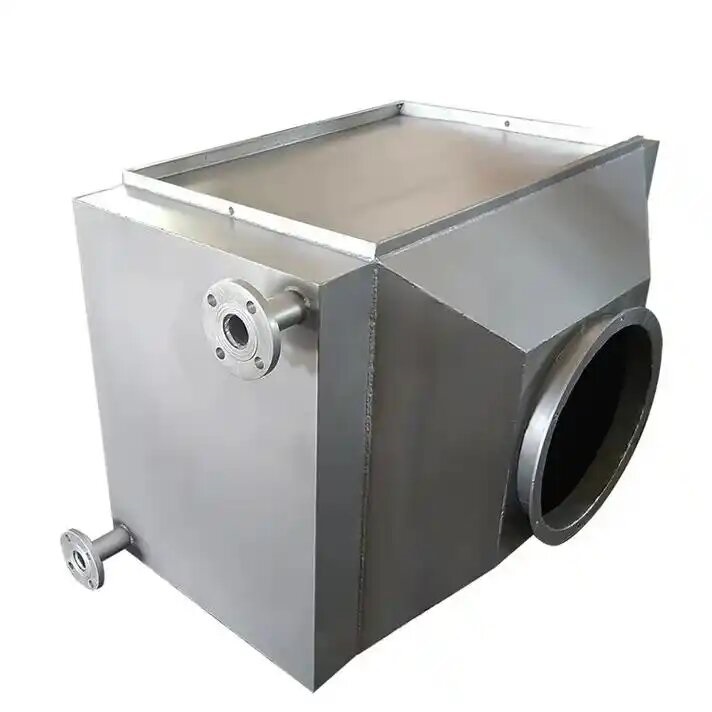What is a Boiler Economiser? Economiser vs Economizer
2024-11-10Leave a message
What is a Boiler Economiser?
Economizers (US and Oxford spelling), or economisers (UK), are mechanical devices intended to reduce energy consumption, or to perform useful function such as preheating a fluid. A boiler economiser, or flue gas heat recovery unit, is a heat exchanger installed on a boiler’s exhaust stack to capture heat that would otherwise be wasted. Economisers can be fitted during new boiler installations or retrofitted onto existing systems.
Economisers are typically sized specifically for each boiler application, meaning there isn’t a one-size-fits-all solution. The sizing of an economiser can significantly affect system performance, as not all economisers are equal in efficiency. To choose the best economiser for your system, assess its predicted performance based on your boiler’s actual flue gas temperatures. Compare units based on the manufacturer’s guaranteed duty or stack temperature; a lower stack temperature indicates greater heat recovery. Reducing the stack temperature by every 40°F (4.44°C) can save approximately 1% in fuel.
Economisers recover thermal energy that would usually be lost in the exhaust. To use this heat effectively, it must transfer to a fluid that can absorb it, generally boiler feedwater for steam boilers. The fluid must be at a lower temperature than the flue gas for efficient heat transfer.
How Do Boiler Economisers Work?
Boiler stack temperatures for high-pressure steam boilers generally range from 400°F to 650°F, which results in considerable energy loss. Boiler economisers work to reduce this waste by transferring the heat from exhaust gases to a lower-temperature fluid.
Dry Economiser
In a dry economiser, feedwater from a deaerator at around 225°F is often 100°F cooler than the boiling temperature inside the boiler. This temperature difference allows the feedwater to absorb heat from the flue gas, which is typically between 400°F and 600°F. This application is referred to as a dry economiser because the combustion products do not condense. Depending on the fuel and application, dry economisers typically reduce exhaust temperatures to 275-350°F.
Condensing Economiser
A condensing economiser can efficiently heat washdown or other cold water, which remains below the temperature of flue gases, even after passing through a dry economiser. However, flue gas from a natural gas boiler with around 15% excess air will begin condensing moisture at about 130-140°F. This condensation, like moisture on a cold glass, contains CO₂, forming an acidic liquid that can damage carbon steel. Therefore, condensing economisers are made of stainless steel to withstand the acidic condensate from the flue gas. Although condensing economisers are more complex than dry economisers, they recover significantly more energy by capturing latent heat from moisture in the flue gas.


